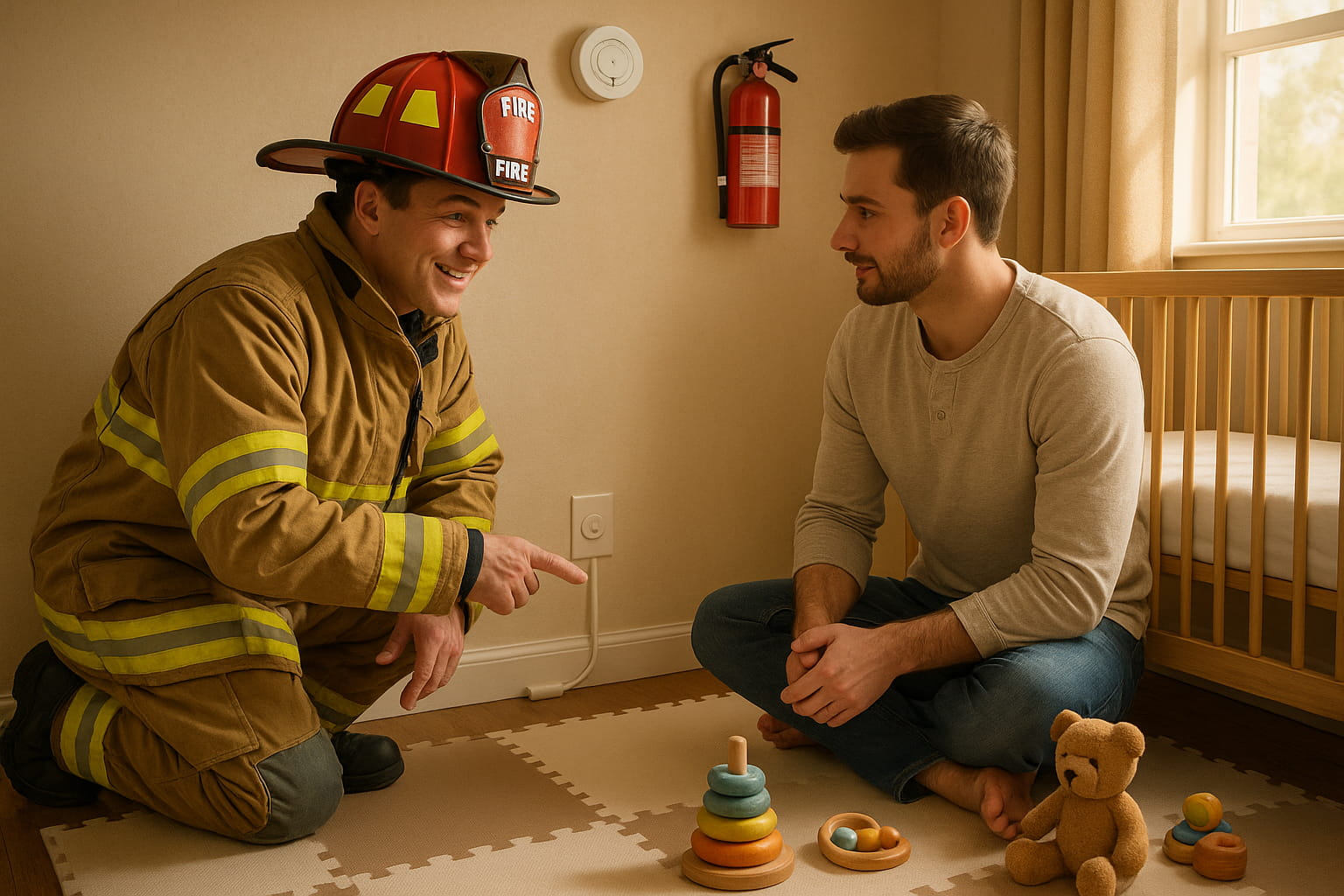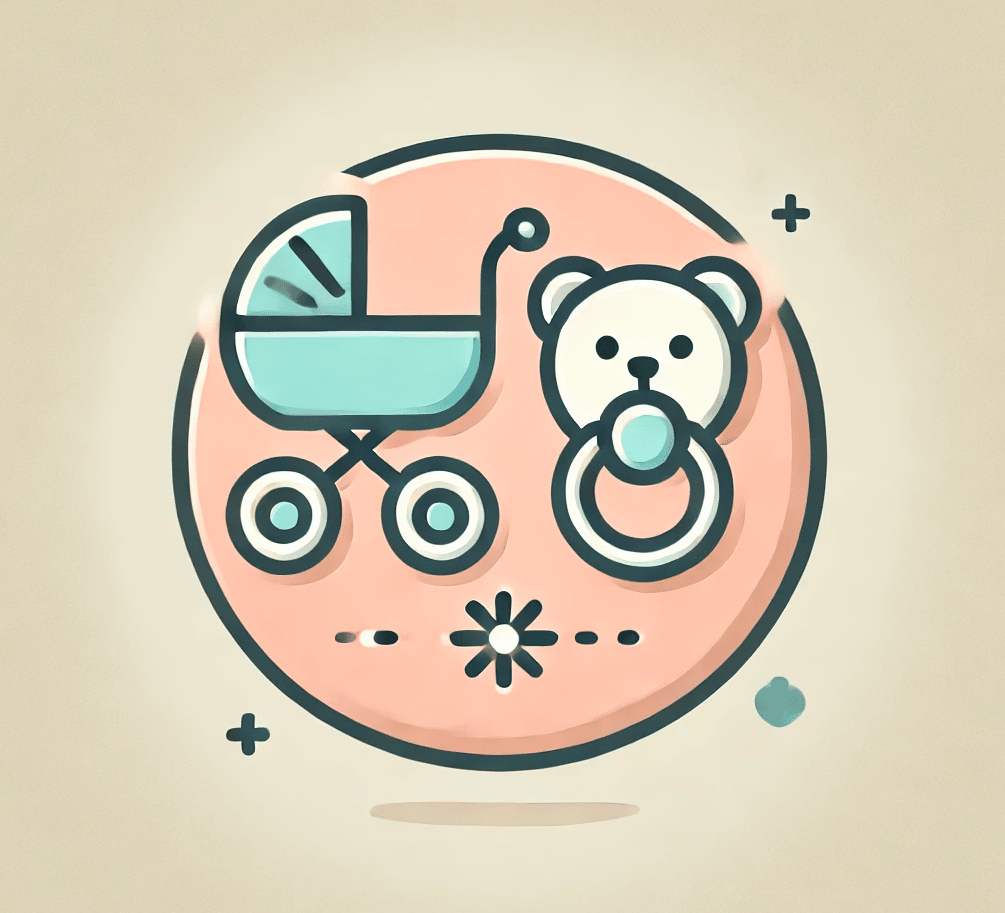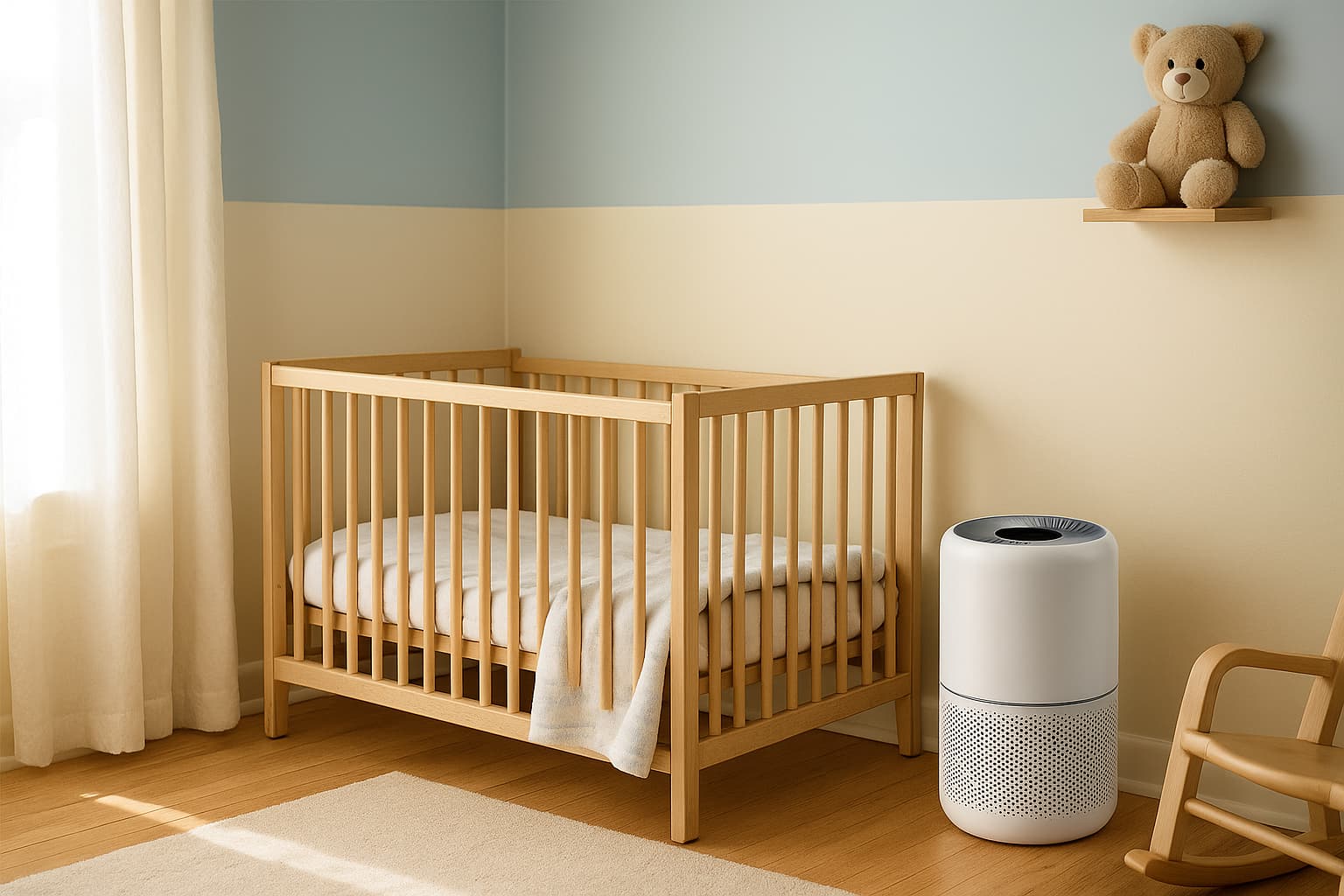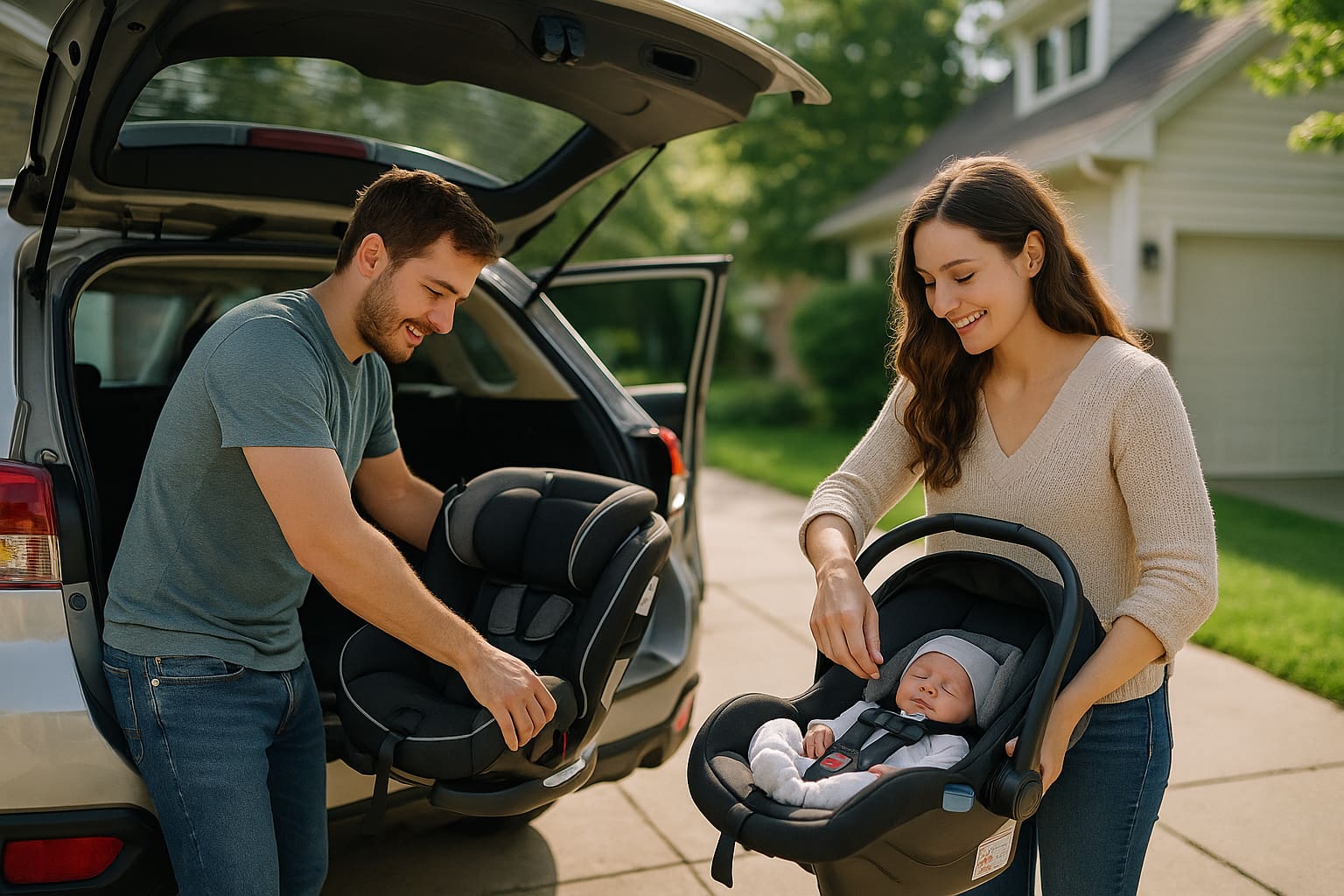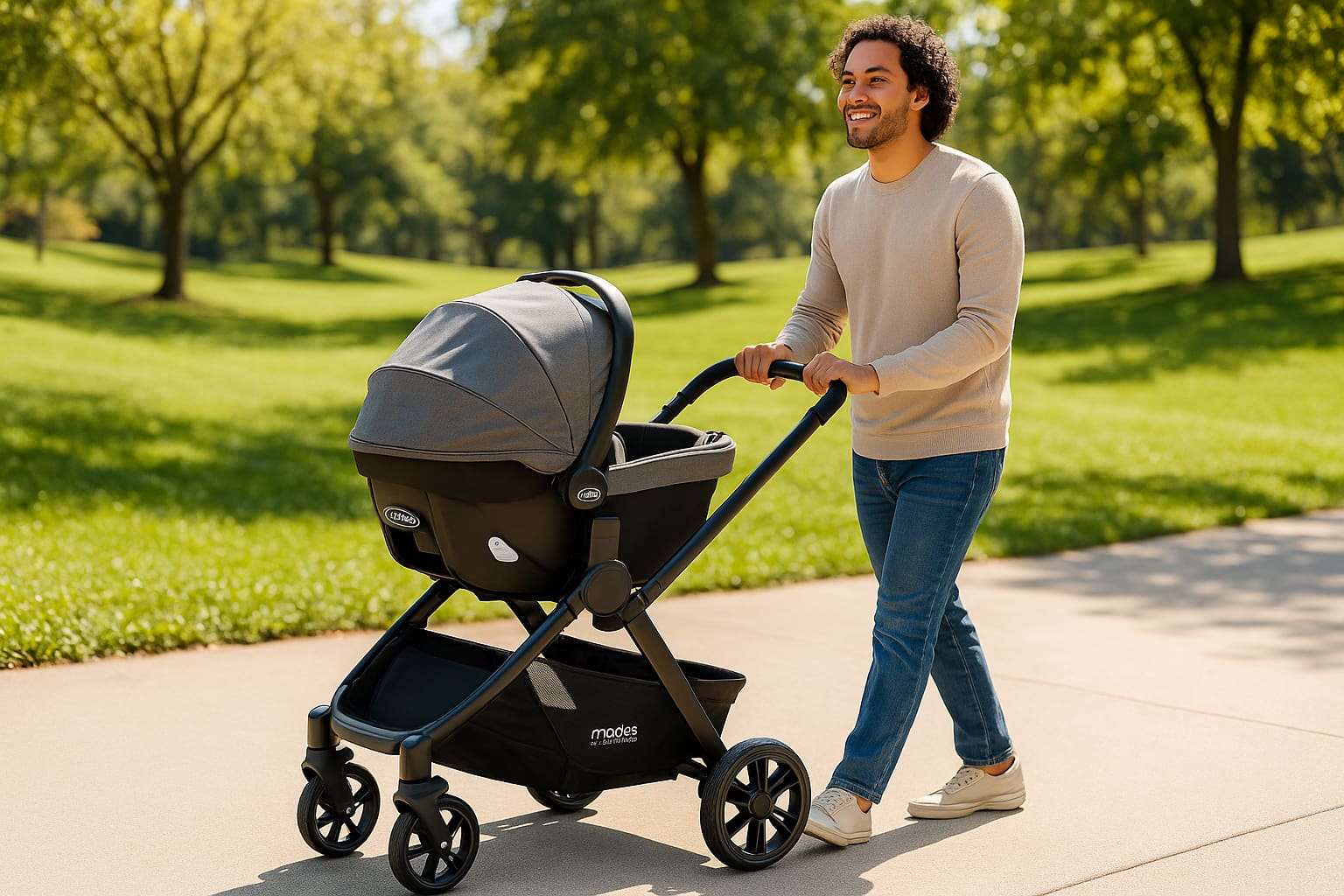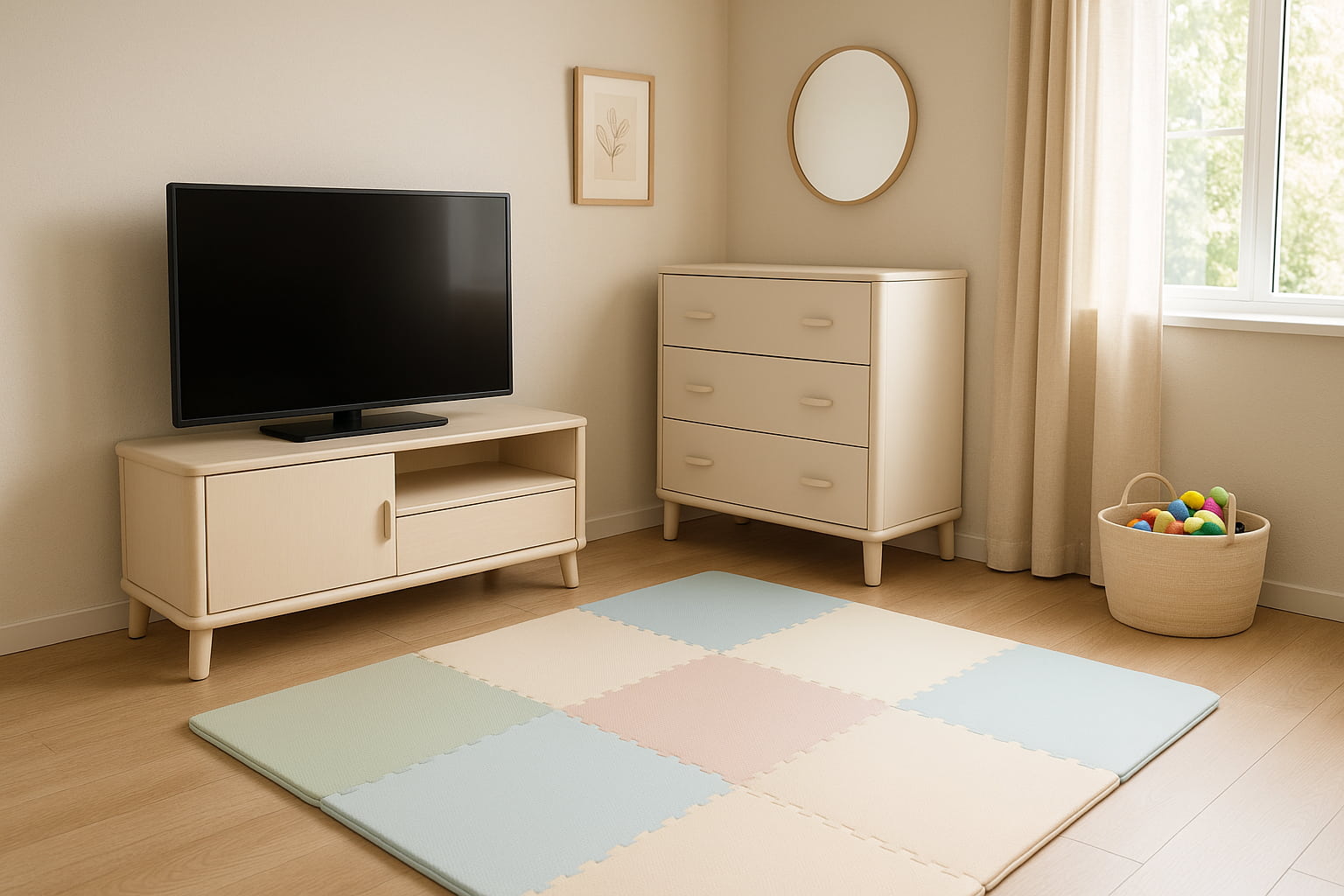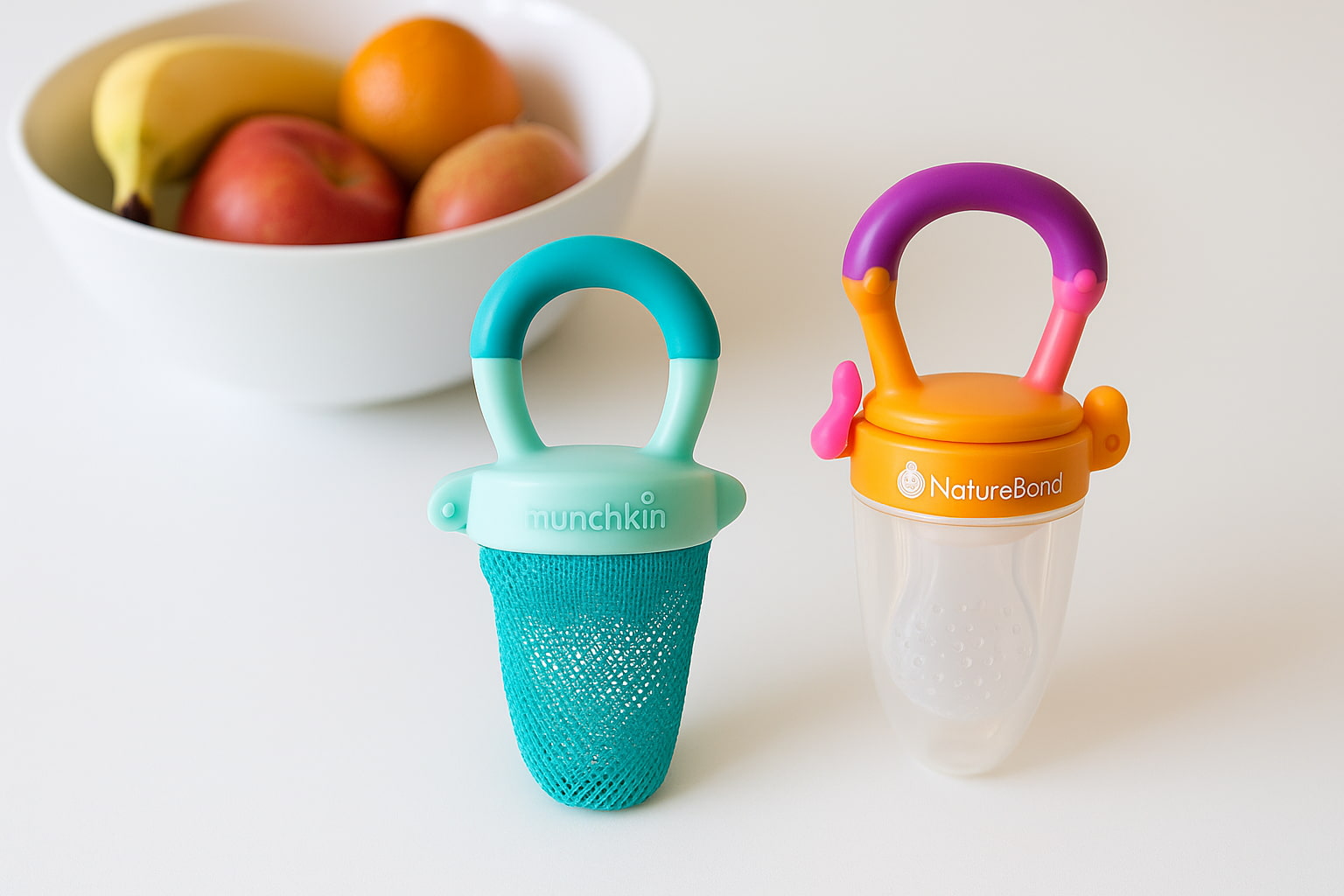Fire safety babyproofing tips aren’t just helpful, they’re essential. While most parents start with cabinet locks and outlet plugs, fire hazards are often forgotten.
That’s where firefighters come in. They don’t just fight flames. They understand how fast fire can spread, especially in homes with babies.
In this guide, you’ll discover:
- Hazards parents often overlook
- Real firefighter tips for safer baby zones
- Simple ways to prevent electrical fires before they spark
These fire safety babyproofing tips come straight from the experts who’ve seen it all. Because you can’t afford to take chances when it comes to your child’s safety.
⚠️ Common Fire Hazards Parents Overlook
Even cautious parents miss some surprising fire risks. Here are the ones firefighters warn about the most:
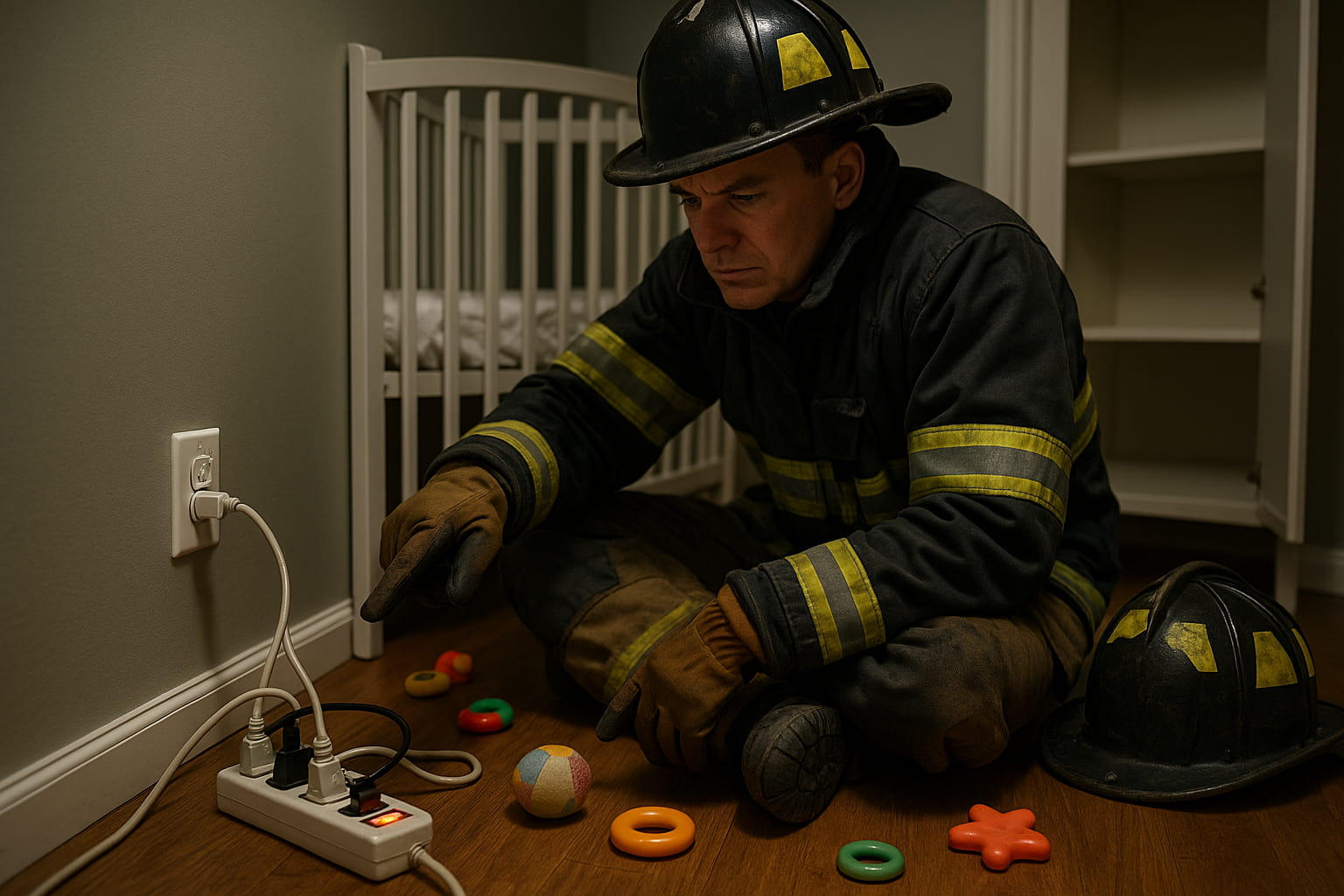
- Loose or tangled cords behind furniture
- Overloaded outlets and power strips powering multiple baby gadgets
- Space heaters used near cribs during colder months
- Unattended appliances like bottle warmers or air purifiers
- Low-placed candles or incense in shared spaces
Many of these become hidden hazards as we focus on convenience or routine. But with a crawling baby in the mix, the risk multiplies fast.
➡ If you’re unsure how to manage cords, don’t skip our in-depth review of the Safety 1st Plug Protector, a smart choice for active homes. Link to: Safety 1st Plug Protector Review: Best Babyproofing Choice for 2025?
🚨 How Fire Hazards Escalate in Baby Spaces
Baby zones aren’t just cozy, they’re high-activity areas filled with tech, soft fabrics, and often flammable setups.
Firefighters often respond to emergencies where:
- Humidifiers left on overnight sparked due to poor ventilation
- Sound machines and baby monitors overheated on cluttered shelves
- Cords behind cribs were yanked and damaged by crawling babies
- Toys or blankets blocked outlets or heat vents
A baby-safe room must be fire-safe first. That means airflow, electrical safety, and a clutter-free setup.
➡ Want to see what pediatricians recommend? Explore: Pediatricians’ Top Tips on Fireproofing Homes with Babies, full of room-specific advice. Link to: Pediatricians’ Top Tips on Fireproofing Homes with Babies
🛠️ Pro Fire Safety Babyproofing Tips (Step-by-Step)
These tips come directly from firefighters and certified child safety techs:
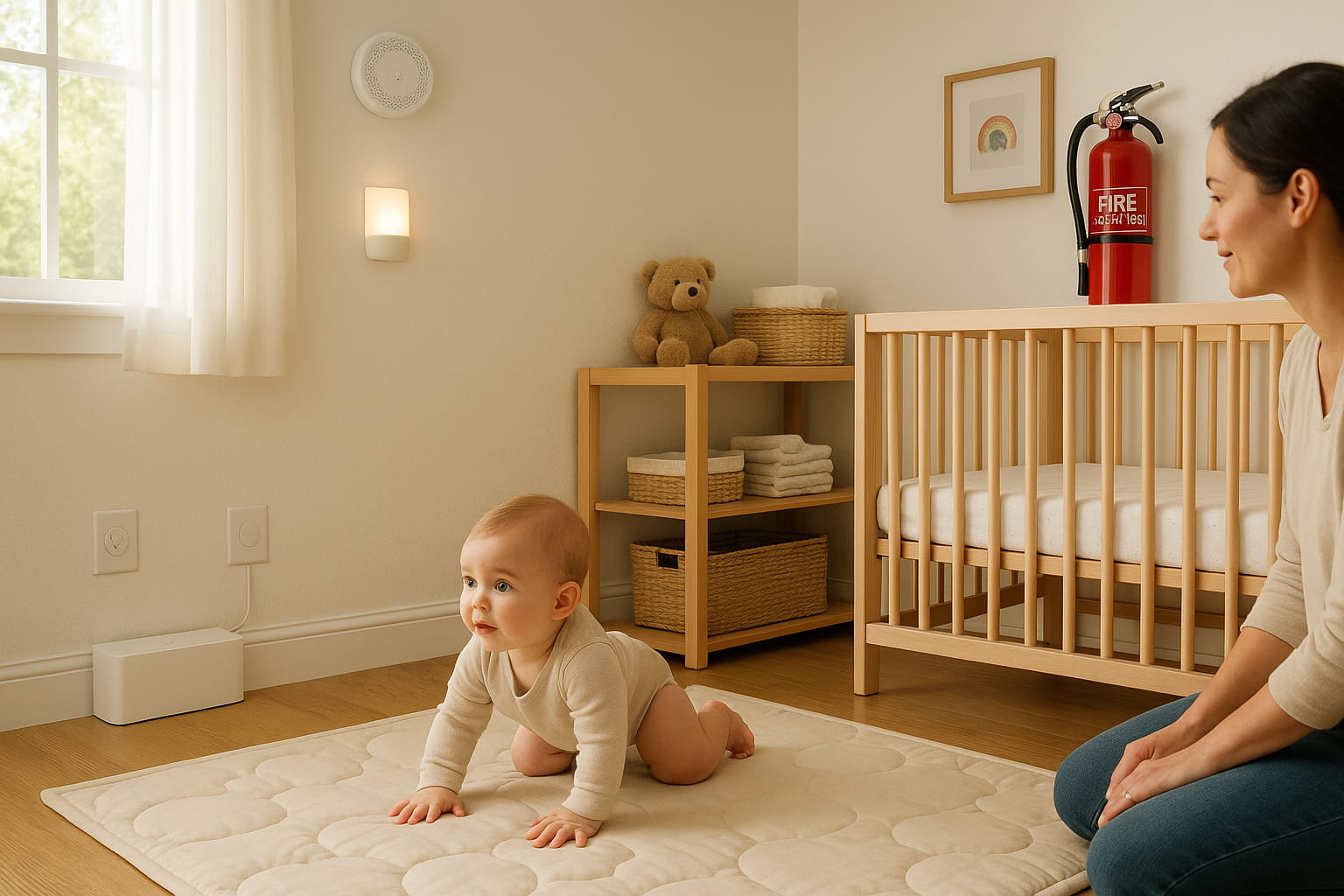
🔌 Cover every unused outlet, especially near the floor or crib
🔋 Unplug unused electronics like bottle warmers, sound machines
📦 Use outlet boxes or cord shorteners for plugged-in gear
🚫 Never run cords under rugs (this causes overheating)
🚪 Use covers or furniture to block access to power strips
🧯 Keep fire extinguishers near baby zones, the kitchen, and the nursery
🔥 Install a smoke detector near every baby’s room and test monthly
Fire safety is not a one-time event; it is a daily routine.
➡ Curious how outlet covers compare? See: Sliding vs Box-Style Outlet Covers: The Essential Safety Comparison for Babies in 2025. Link to: Sliding vs Box-Style Outlet Covers: The Essential Safety Comparison for Babies in 2025
💡 Did You Know?
In 2021, USFA stated that an estimated 24,200 residential electrical fires were reported in the U.S., causing nearly 295 deaths and 900 injuries, with over $1.2 billion in property loss
🏠 How to Fireproof High-Risk Baby Zones
Some rooms are riskier than others. Here’s how to keep baby-safe:
🔹 Nursery
- Use cordless window coverings
- Keep monitors on heat-safe shelves
- Don’t plug too many things into one outlet at once.
🔹 Kitchen
- Move flammable items far from the stove
- Babies pull tablecloths and everything on top, so stay away from them
- Use stove knob covers and avoid long cords
🔹 Living Room
- Secure TVs and electronics
- Keep fireplace tools and scented candles out of reach
- Don’t leave chargers plugged in on soft surfaces
➡ Concerned about hidden fire threats in your nursery? Our guide How to Prevent Electrical Fires in Baby’s Room walks you through key steps every parent should take. Link to: How to Prevent Electrical Fires in Baby’s Room
👨🚒 When to Contact a Professional in Fire Safety
Sometimes, you need more than tips.
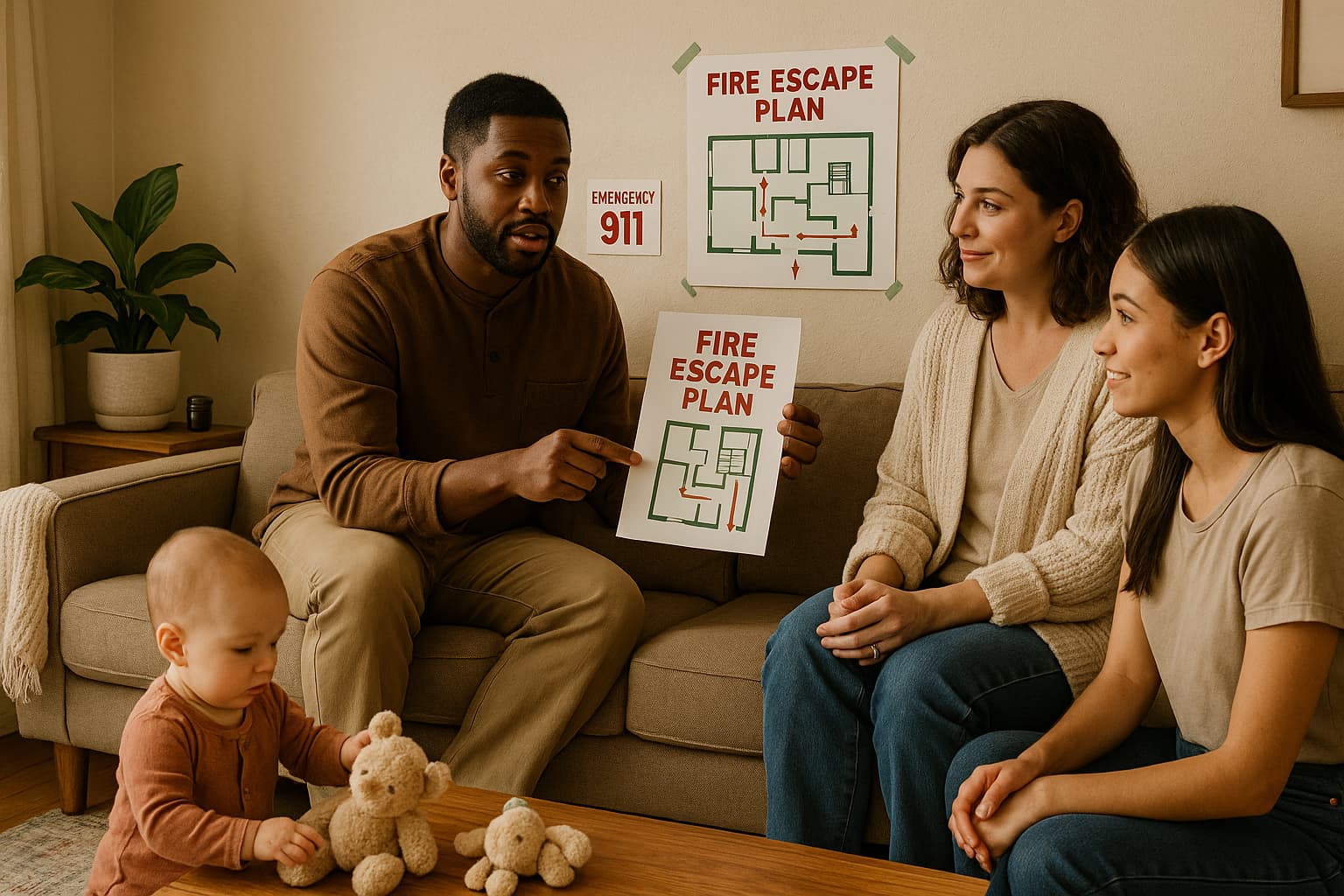
Call a fire safety expert if:
- You have older wiring or frequent electrical issues
- You’re not sure how many devices your circuits can handle
- You’ve seen sparking or smell burning near outlets
- You live in a multi-family or rented home and can’t make changes easily
Many fire departments offer free home safety checks; it’s worth a call.
🧾 Final Verdict: Fire Safety Babyproofing Tips That Actually Work
The safest baby rooms don’t just have outlet covers. They follow smart fire safety habits every single day.
Here’s what real firefighters want every parent to remember:
- Look out for sneaky hazards like warm cords or overloaded sockets
- Treat every plug, lamp, and charger as a potential fire risk
- Babyproof for prevention, not just protection, use covers, cord boxes, and smart plugs
- Avoid clutter near outlets and always unplug items not in use
Fire safety babyproofing doesn’t have to be hard. Start with small changes. Keep learning. And don’t be afraid to ask pros for help.
These simple habits could prevent the unthinkable, and that’s what makes them powerful.
❓ FAQs About Fire Safety Babyproofing Tips
1. What are the most important fire safety babyproofing tips?
- Cover outlets, unplug unused devices, and avoid overloading power strips.
- Always check smoke detectors monthly.
- Keep inflammable objects away from toys and cribs.
2. Are power strips safe to use in baby rooms?
Only if used properly. Never overload them, and always cover them or block access.
3. What should I do if my outlets spark or smell hot?
Stop using them immediately and call a licensed electrician or fire safety tech.
4. Can I babyproof a rented home for fire safety?
Yes! Use removable outlet covers and cord boxes.
5. Do I need a smoke detector in every baby’s room?
Yes. It’s recommended to place one inside and outside sleeping areas for full coverage.
⚠️ Disclaimer
This article is for educational purposes only. Always consult licensed fire safety professionals for household evaluations and safety measures.
✍️ By FindForBaby
Trusted by parents. Backed by experts. Focused on real-world safety.
